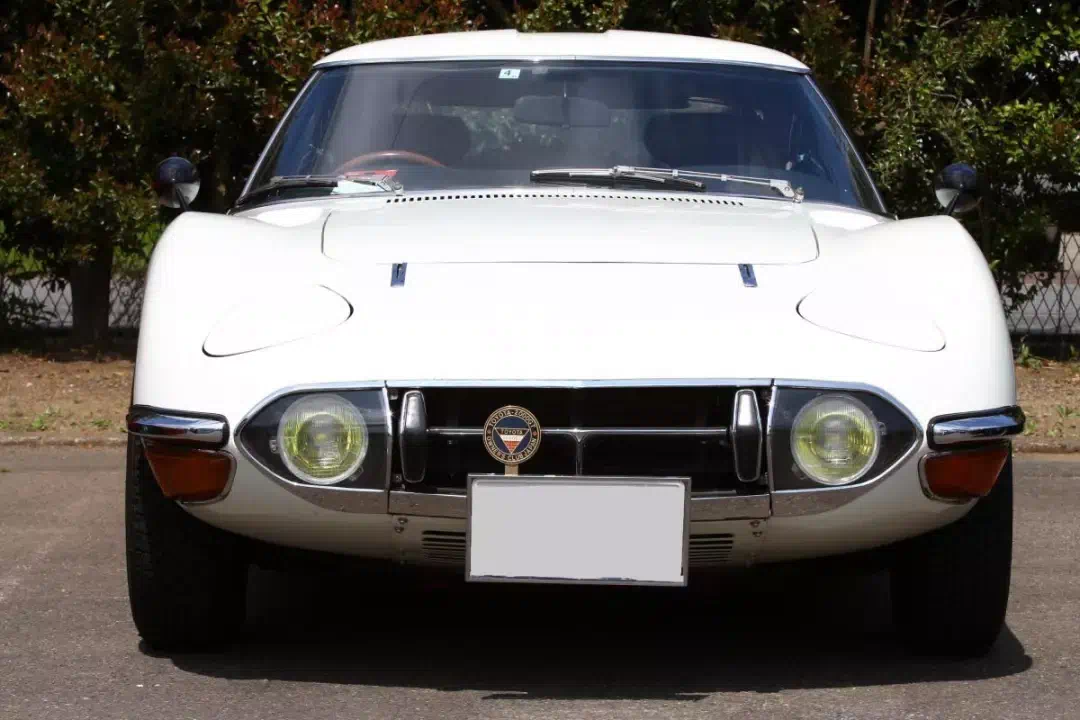Japanese brand car series VOL.1 in the 70s
Toyota’s most collectible classic models
The Toyota 2000GT sold for 2.38 million yen in 1967. At that time, the income of college graduates was only 26,200 yen, which was as high as 20 million yen according to the current price. The 2000GT produced only 337 units during the three-year mass production period. Similar to the Lexus flagship sports car LFA, every time Toyota produces a 2000 GT, it will lose 600,000 yen, which is close to a quarter of the price.Today, it has a price of about 118 million yen in the most recent auction.

There are 77 people in the 2000GT owner’s club ▲
Since most of the 2000GT was taken from the parents, almost no one is willing to sell.Japan still has more than 90% of the 2000 GT. 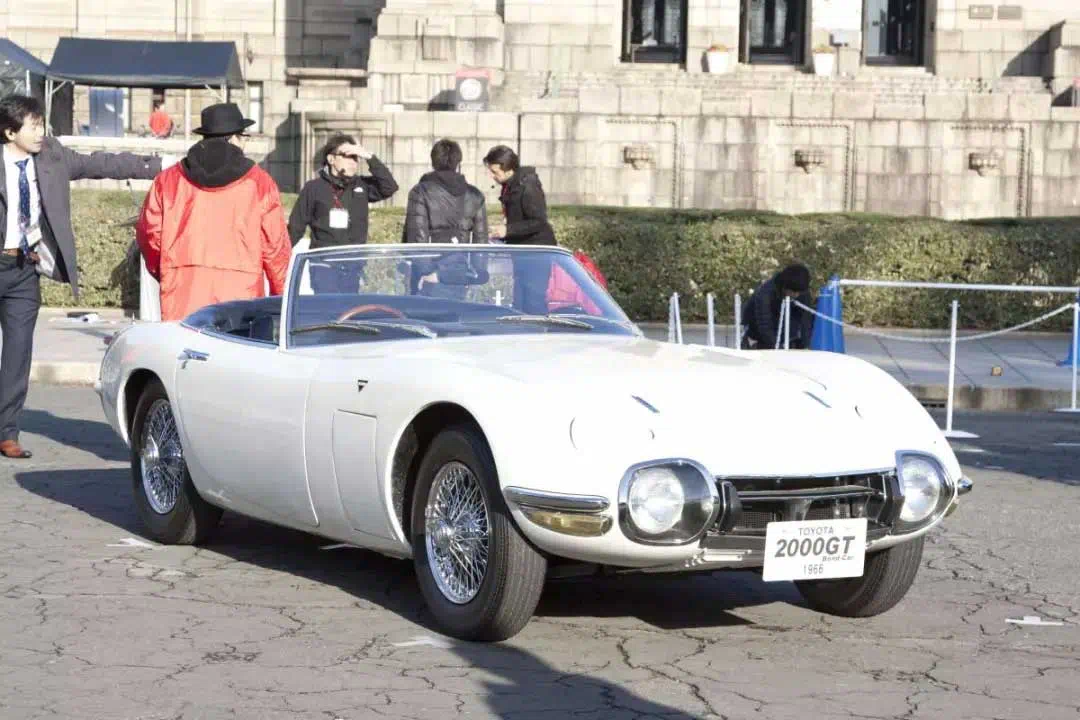
Toyota also built two convertible models for the 007 movie Thunder Valley. One of the two existing cars is in the Toyota Museum.
Reasons for Toyota’s development of 2000GT

The first Japanese Grand Prix was held in 1963 , and the second was held in the following year. At that time, most of the domestic car races in Japan were box cars. At the time, Toyota, which had a poor record, had the idea of building a real sports car.Trying to make it a symbol of Toyota in the future.
What is it to build a pure racing car? Or create a GT model that is superior to the average RV in performance, comfort and handling. The end result is that Toyota chose the latter. If you develop a model that combines Toyota’s best technology at the time, you will be able to excel in acceleration and handling regardless of the comfort of riding and long-distance driving. Not only that, but also the powerful performance of competing for the championship in the game. For Toyota, a lot of knowledge can be learned during the development process. This is the main reason for the development of the 2000 GT.
Low center of gravity design
In June 1964, just after the second Japanese GP was completed, Toyota officially launched the research and development of the 2000 GT model. The first problem engineers encountered was the weight of the car. For Toyota, the ride quality of this car is to be given priority, so the quality of the car can not be too low. In other words, Toyota’s policy does not allow the production of models with a weight below one.Under the premise of understanding the company’s intentions, the engineers did not limit the total weight of the vehicle during the development process. However, the weight distribution of the vehicle is considered very carefully. Before and after weight distribution, especially the quality center should be as close as possible to the center of gravity of the vehicle.
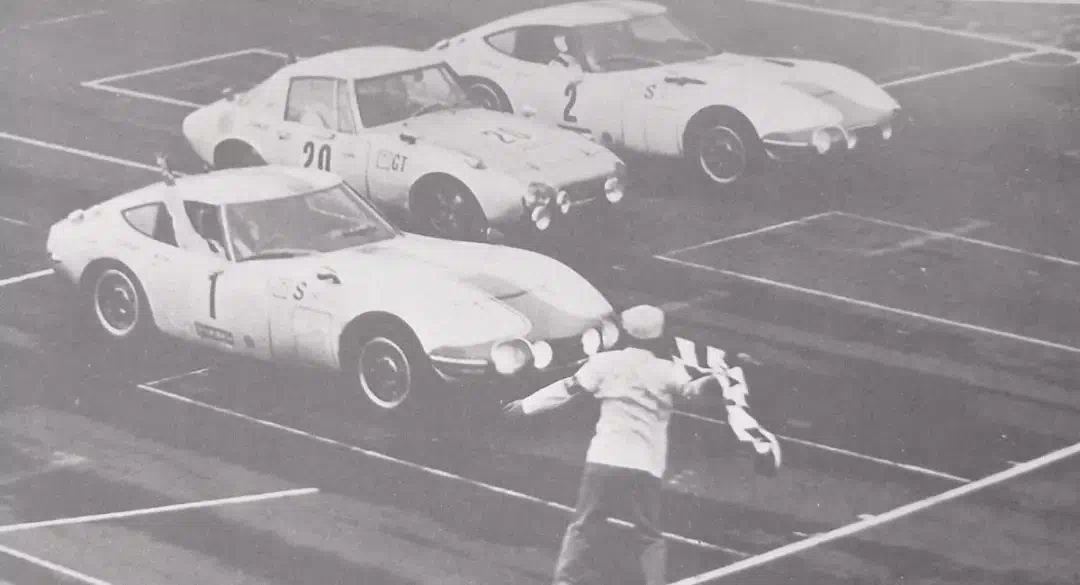
The first Fuji 24 hour endurance race, three 2000GT package podium ▲
For example, the engine should be placed as far back as possible, trying to reduce the quality of the unsprung and so on. Always consider that the weight should be concentrated as much as possible at a lower position, and the closer to the center of gravity of the vehicle, the better. Not only the power chain, but all the components of the vehicle are designed with the weight of the vehicle in mind, even if it increases the total weight of the vehicle. As a result, the efforts of the engineers have resulted in a distinct vehicle character. The 2000 GT’s center of mass is only 440mm, which is a real sports car compared with the 600mm of the SUV and the 540mm of the car.
Toyota’s partnership with Yamaha
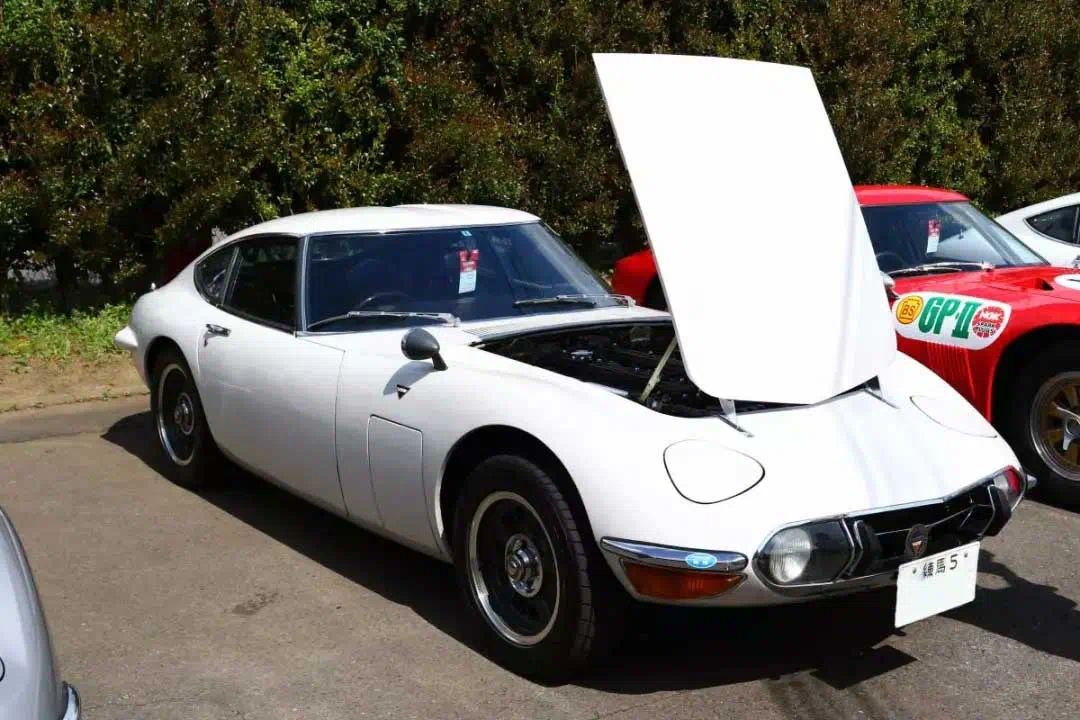
In the mouth of the fans, there is a saying that the Toyota 2000GT was developed by the Yamaha Engine Company. The Yamaha engine is indeed one of Toyota’s suppliers, and the cooperative development methods adopted by the two companies were also very common at the time.
For the “Toyota 2000GT is developed by Toyota”, “the money for the Toyota standard”, “actually the Yamaha 2000GT”, and even the “Nissan 2000GT test car later became the prototype of the Toyota 2000GT” and other extreme statements. Such questions are still in the air in various Japanese car magazines. Even on the domestic Internet, “Toyota 2000GT is not developed by Toyota itself, but the car developed and produced by Yamaha is bought.” There are many similar remarks.
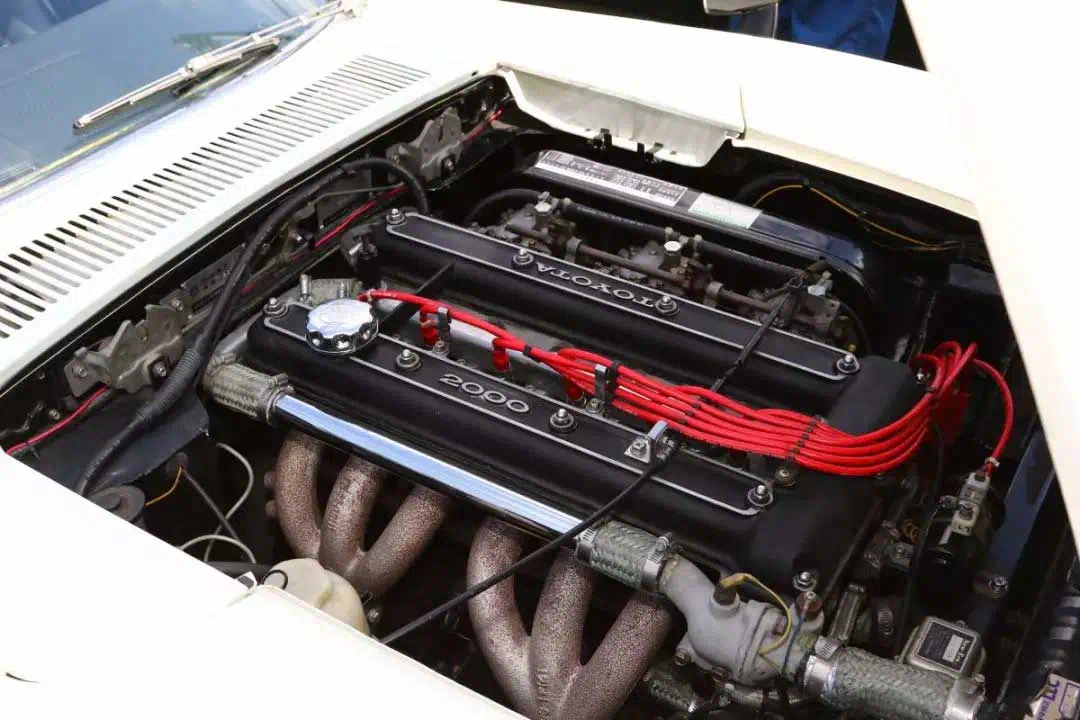
In fact, the 2000GT was developed on the basis of the Crown engine without using a completely new design. Although it is not the best choice for Toyota, the final performance has achieved its goal. After the Toyota interior design took four months to complete, the R&D team handed over all the designs to Yamaha, a cooperative relationship with Toyota, and they were tested and manufactured in production.
Based on the single overhead camshaft M-type engine used in the crown, Yamaha transformed it into a double overhead camshaft. The cylinder head parts were all replaced, and the cylinder block parts were not changed. Therefore, the shape of the combustion chamber has also changed, and the intake and exhaust manifolds and the connecting rods have also been adjusted.
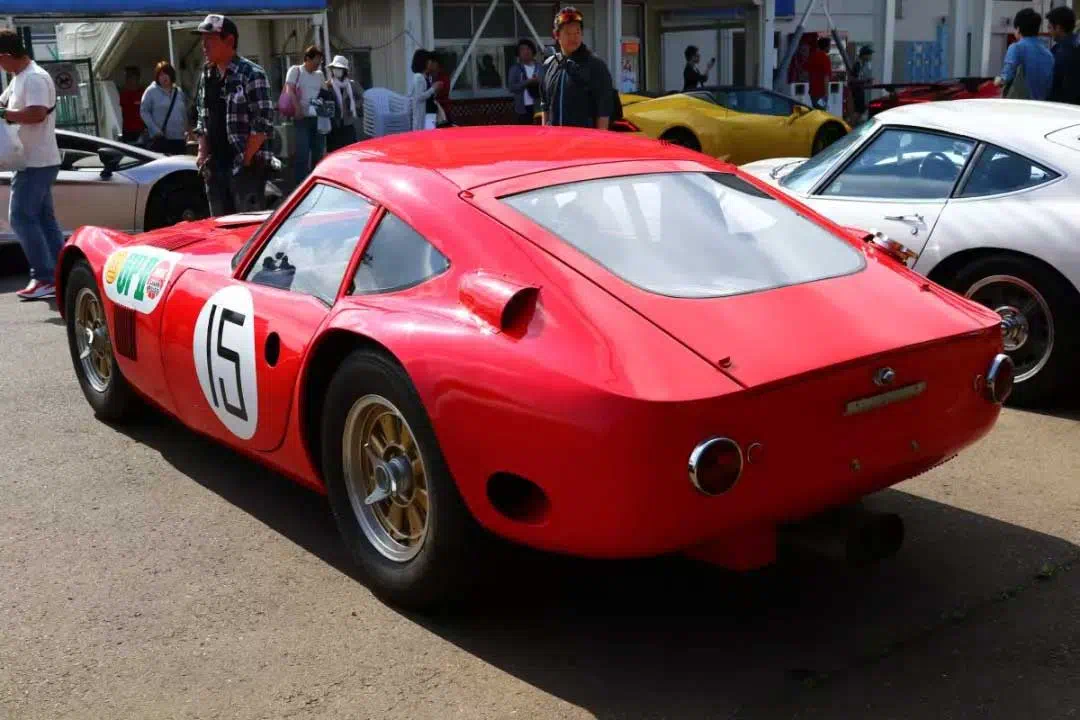
Yamaha also said on the official website that “the mechanical layout, design and basic design of the Toyota 2000GT were completed by Toyota, and the engine was under the guidance of Toyota. The engine performance was improved, and the details of the body and chassis were carried out. Design. Yamaha played the role of high-performance department in the development of 2000GT. At that time, Toyota had 30 years of experience in automobile design and manufacturing, and Yamaha only produced 10 years of motorcycles. The strength of the two companies is very different. Yamaha is only Two test cars were retained after the project ended. It is completely impossible to develop this statement entirely by Yamaha.
It is also impossible to say that the engine of the 2000GT is also developed by Yamaha. At that time, Yamaha’s only four-cylinder engine manufacturing experience came from the 1.6L YX30, which was used on motorcycles and speedboats.
Godlike Jaguar design

Regarding the body shape, the 2000 GT is often spit out like a Jaguar E-Type. Does it refer to Jaguar in the design process? Toyota also publicly denied this statement.There is also a widely spread saying that the Japanese at that time could not have such a high taste, perhaps invited the BMW designer Albrecht von Geertz at the time to help design. In his interview in his later years, he denied this statement.
There are two ways to design a car. One is to start with the appearance, the other is to start with the chassis structure, and the 2000 GT uses the latter. First determine the chassis, front and rear suspension. After the engine is installed, leave room for the ride. Finally install the shell. Throughout the process, the designer responsible for the mechanical part did not have special considerations. The work of the designer, Nozaki Yuki, is carried out along the structural contour of the mechanical part. Later, the appearance of the appearance that everyone sees is naturally not from the perspective of imitating other models, it can only be considered a coincidence.
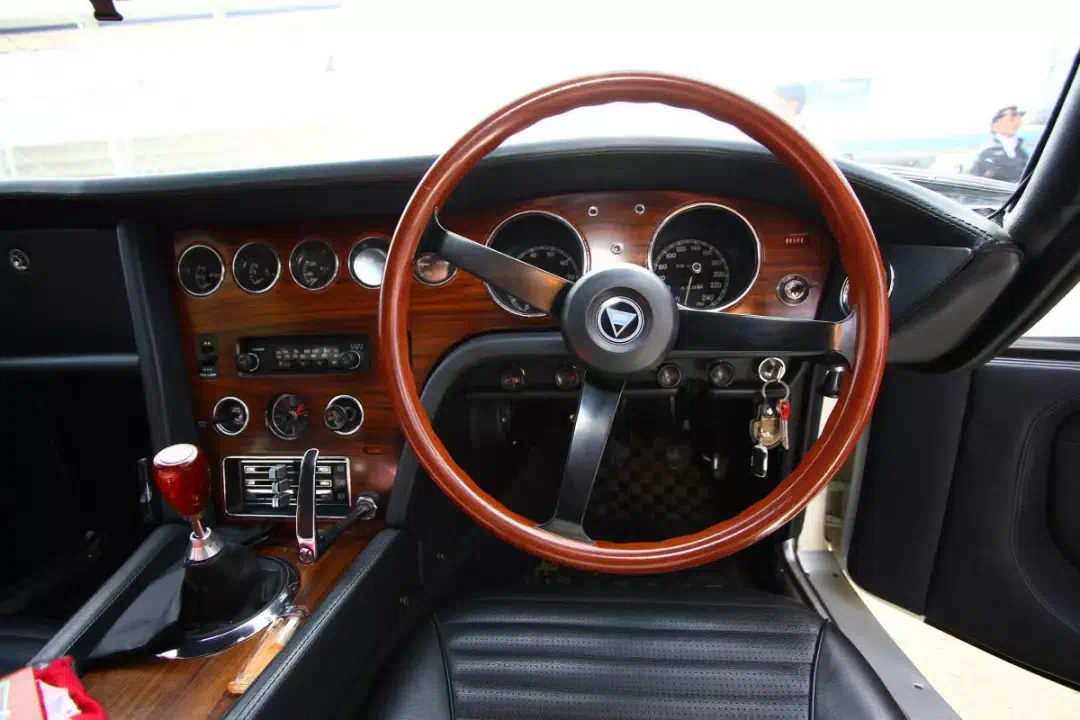
For the design of the car, the function is also part of the beauty. The design of the Toyota 2000GT cockpit is inspired by the aircraft cockpit. After fully considering the functional requirements for design, it ultimately reflects the feeling of the aircraft cockpit. In fact, the aerodynamically designed appearance also comes from this.
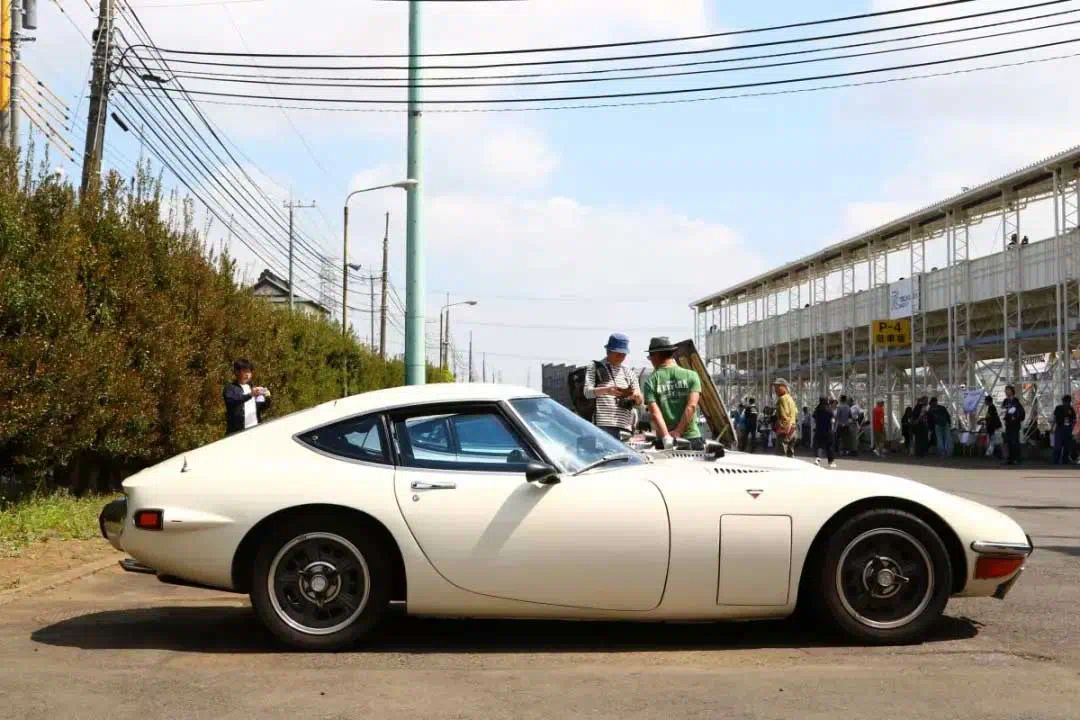
Continuously break 13 FIA speed records

As the most beautiful model in Toyota’s history, the 2000 GT did not have a different version of the prototype at the beginning of the design. After the endurance test, the No. 1 car created the fastest speed record of 235km/h on the test track.
Behind the Toyota 2000 GT’s record of creating the fastest speed in FIA’s accepted tests, engineers have also put a lot of effort into it. Four exercises were performed ahead of time before running out of the world record. After the test at the Taneda test site, he ran for ten days in the day. After about 30 hours, the car broke down. In the second test, it took about 45 hours and then had to stop. In the third test, 24 hours of continuous testing was performed anyway, and the results did not break down once.
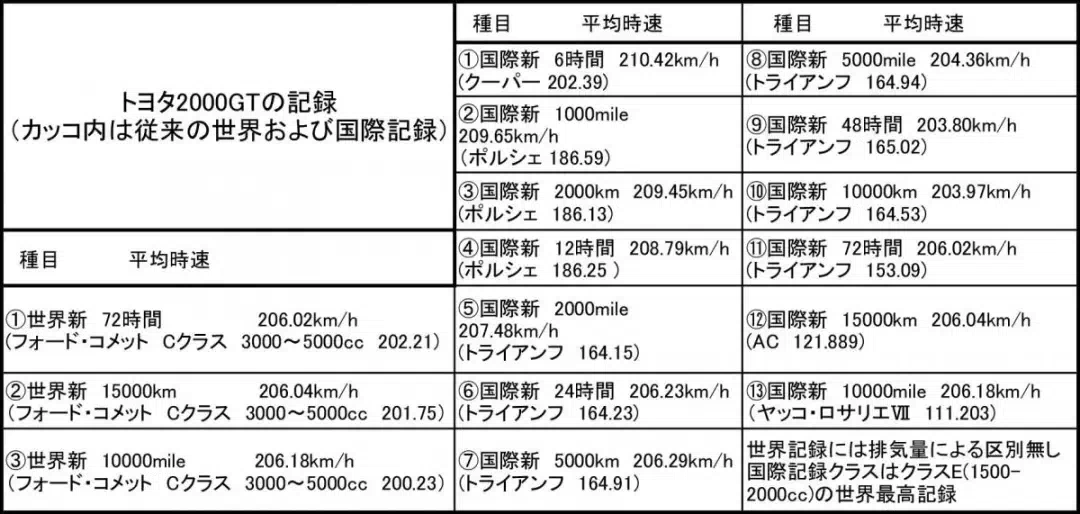
Finally, on the day of the record challenge, Toyota plans to challenge three or four world records. I did not expect the engine to get better and better during the test.Starting from the world record of creating a 72-hour average speed of 206.02km/h, it finally broke three world records and 13 international records. Finally, when the vehicle returns to the pit lane, open the cover for inspection and the engine is still in good condition.
Do you have anything to say about the Toyota 2000GT? Leave a message and let us know! We will select a message reader and send a Porsche Cayenne model provided by Porsche China.


